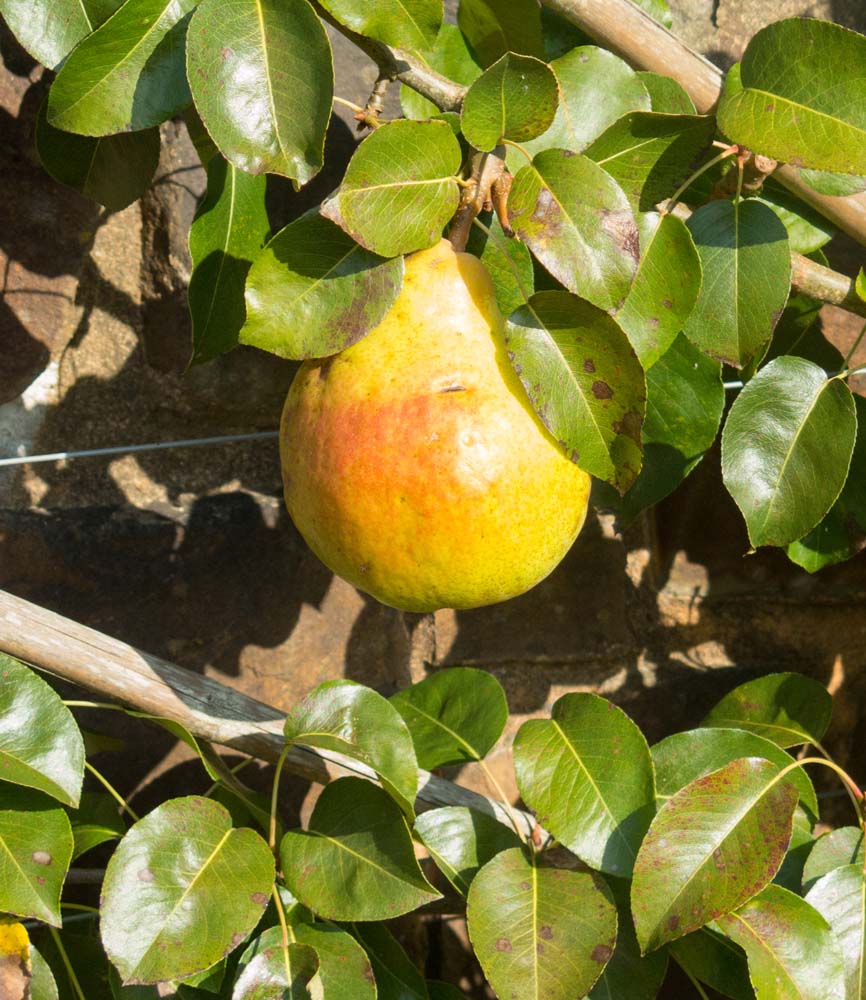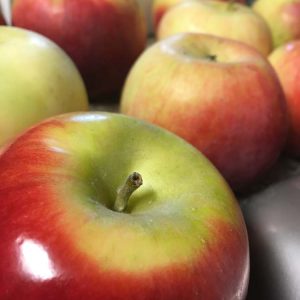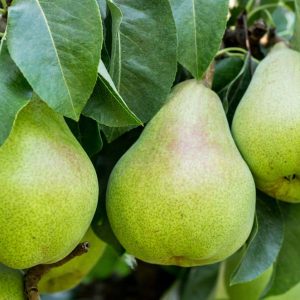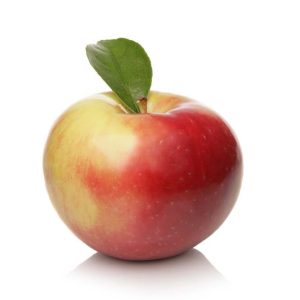Description
Pyrus -Pear –
There are about 45 species of slow growing, upright, mainly deciduous tree and shrubs in this genus. They occur in woodland, in rocky places. And on hillsides in Europe, Western to Eastern Asia, and Northern Africa. They are grown for their habit, fragrant flowers, and fruits. The leaves are glossy, alternate, very rarely lobed, ovate to oblong, elliptic, or oval, the margins often with forward pointing teeth, some develop yellow and red autumn color. The 5 petaled,, saucer to bowl shaped flowers, borne in umbel like racemes, are white, occasionally pink, and usually have red anther borne with leaves or just before them in spring. The fruits are spherical to typically pear shaped, numerous cultivars have been bred specifically for the production of culinary and desert pears. Ornamental pears are best grown as specimen tree, the smaller ones, such as P. salicifolia ‘Chanticleer’, are particularly suitable for growing in a small garden or espaliered on a wall or fence
Pyrus communis – Common Pear – Garden Pear – This long lived, columnar, occasionally thorny, deciduous tree from Southern Europe and Southwestern Asia grows 50′ feet tall and 30′ feet wide. It produces oval to rounded, glossy, dark green, leathery leaves, to 4″ long, with fine, forward pointing teeth. It has dark gray or brown bark that cracks into small plates. In mid spring it bear white flowers, to 1 ½” across with red anthers, often tinged pink in bud held in umbel like racemes of 5-9. Followed by edible pear shaped to spherical, green to yellow fruit, to 4″ long. Parent of numerous fruit bearing cultivars.
Grow in any moderately fertile, well drained soil in full sun. They suitable for coastal conditions and are tolerant of drought and atmospheric pollution.
Prone to caterpillars, leaf roller, blister mites, aphids, scale insects, anthranose, dieback, canker, scab, powdery mildew, and fireblight.
zones 5-9





